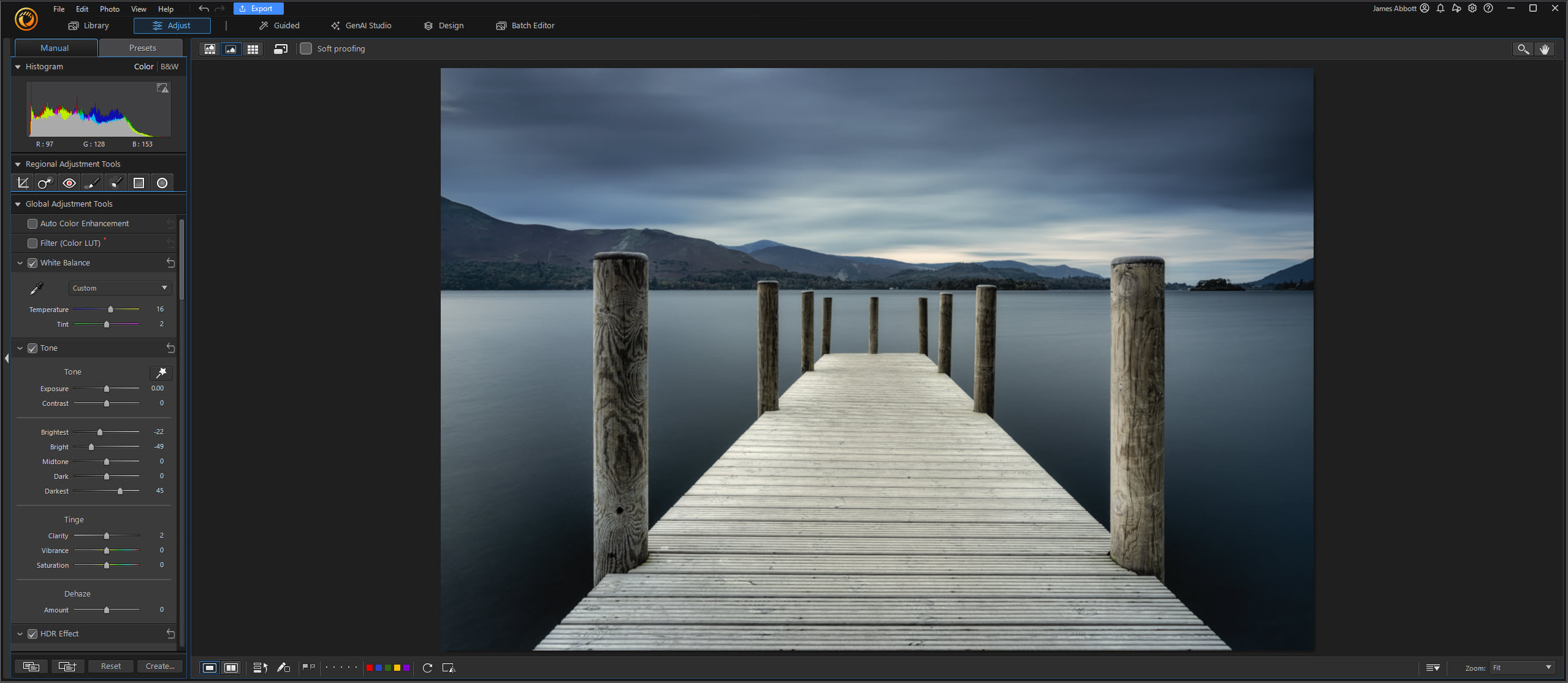Digital Camera World Verdict
The DJI Mavic Mini is the lightest truly premium drone around. It’s relatively affordable compared to DJI’s other quadcopters, and while it doesn’t do quite as much - there’s no 4K video capture or collision sensors, its pros outweigh its cons tenfold - it fits in a large pocket, doesn’t need to be registered with your local aviation authorities, has great battery life and captures sensationally smooth footage without costing the earth.
Pros
- +
Light and compact
- +
Great battery life
- +
No registration needed
- +
Fantastic stabilization
Cons
- -
No 4K video capture
- -
No collision sensors
Why you can trust Digital Camera World
The DJI Mavic Mini weighs just 249g, which means it’s one of the few video-centric camera drones that doesn’t need to be registered with the Civil Aviation Authority in the UK, or the Federal Aviation Administration in the US. It’s also DJI’s lightest, most affordable drone, fits in a large pocket and has a range of up to 2.5 miles.
• Update: The Mavic Mini is still available in some outlets but has now been replaced by the more advanced DJI Mini 2, which is the one we would recommend now.
History dictates DJI makes quality products as a rule, and on paper, the Mavic Mini is no exception with its 3-axis mechanically stabilized gimbal ensuring footage from its 12MP camera looks incredibly well held together.
There are some buts though – there’s no 4K capture support here; instead, the Mavic Mini’s footage caps out at 2.7K, just like the DJI Osmo Pocket.
True object tracking is also absent, so it won’t replace a Mavic Air or Mavic Pro 2 if you’re a solo sky shooter in need of a ‘follow me’ mode. It has to track objects to do ‘QuickShots’ but it does so using the main camera only – same with the newer DJI Mini 2 – so it can’t be used in normal video mode and has no ‘collision sensors’.
If, however, you’re after something more portable and affordable that still bears DJI’s mark of quality, then on paper, this could be your ideal drone.
See also: DJI Mini 2 vs Mavic Mini
Price and release
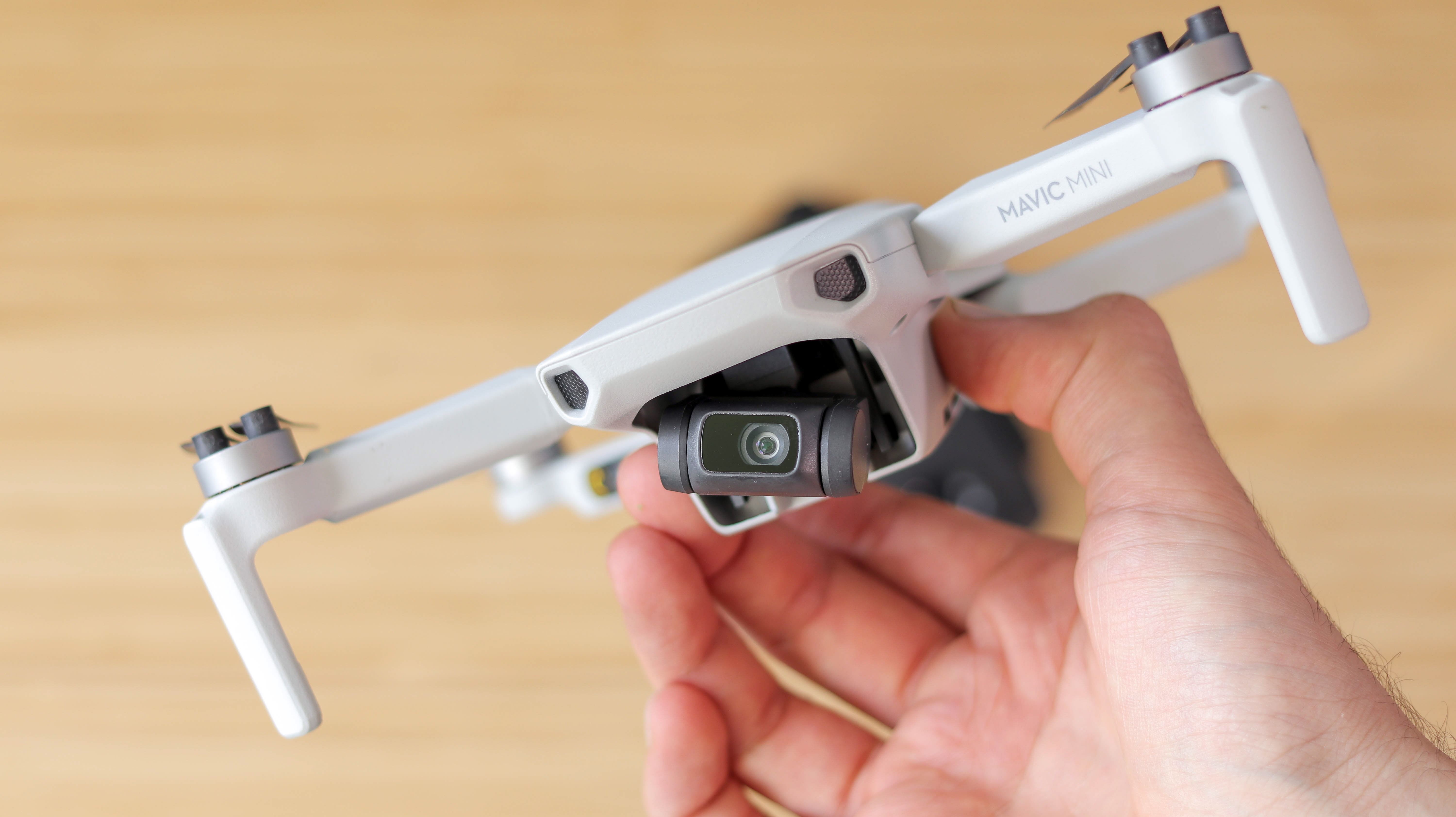
The Mavic Mini is available now with a starting price of US$399 / £369 / AUS$599. That gets you the drone, a battery and a controller.
If you can stretch to DJI’s Fly More bundle, which costs a bit, you also get a 360-degree propellor-guard, two more batteries (three in total) and a battery charging dock, which doubles up as a power bank. We would absolutely recommend you stump up a bit more money for the extra battery life alone. Small drones generally have very short flight times, but at 30 minutes, the DJI Mavic Mini is ahead of the pack. With the Fly More bundle, that time climbs to 90 minutes given the additional batteries, which is incredibly handy when out and about.
Design and controller
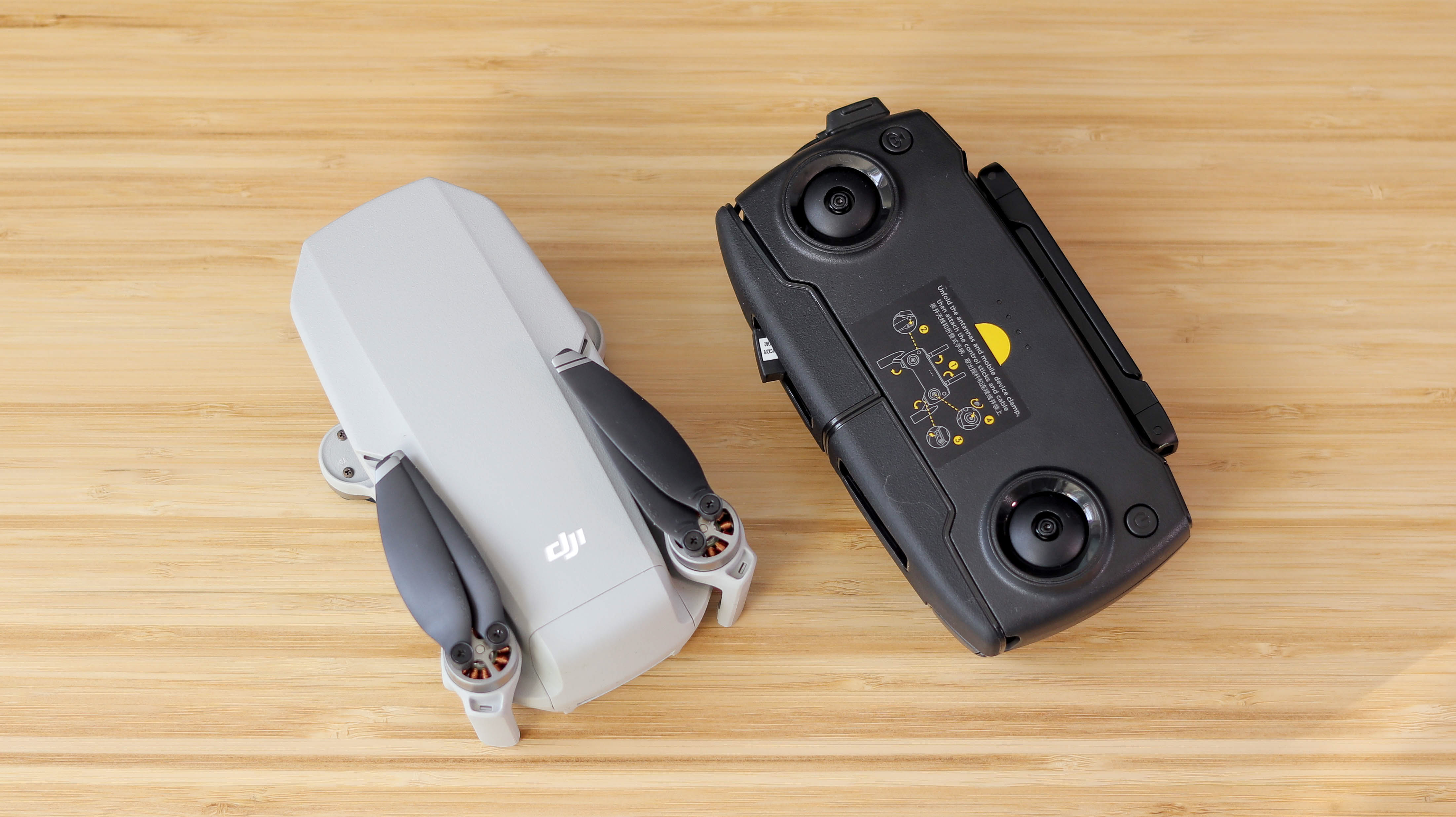
The Mavic Mini looks a lot like other DJI products and drones. Its design is relatively neutral with its light grey finish, reminiscent of the DJI Osmo Action and Osmo Mobile 3. It sports pivoting arms that collapse this quadcopter into a compact bit of kit.and the dark grey propellors and port locations also make sense.
The Mini’s micro SD card slot is exposed at the back, for example, making it hot-swappable - much more convenient than that of the Parrot ANAFI, which is stowed under the battery. There’s also a micro USB port alongside it, which charges the drone, unlike that of the Mavic Air. The 2400mAh battery slots in under a door above these.
On the front, the camera is guarded by a removable plastic shield, and at the base are LED battery indicators and a button to power it on. There aren’t any object avoidance sensors around the sides, which would have been handy, but the sensors at the base do a good job of ensuring smooth landings.
To fly the DJI Mavic Mini, both it and the controller have to be powered up and connected, and your Android or iOS smartphone needs to be running the DJI Fly app and plugged into the controller.
The drone ships with all the wires you’ll need to get off the ground - Lightning, micro USB and USB-C, and while it’s a bit fiddly to get everything plugged in and secured, once done, we never had any connectivity issues when flying the Mavic Mini.
It’s also a breeze to navigate the drone; the controller is ergonomic, its screw-on joysticks are comfortable and intuitive to maneuver, and the app also gives you the option to customize what the left and right joysticks do.
Weighing 249g when in-flight, each battery weighs around 100g, while the Mavic Mini itself weighs 150g - this weight was hit by DJI employing a hollow plastic construction that has been fleshed out by foam. While this might not sound premium, the Mavic Mini manages to avoid feeling overly fragile.
With the iPhone 11 Pro Max weighing 226g, we can’t overstate how impressed we are DJI has been able to engineer such a lightweight, competent drone.
DJI Mavic Mini photos

With its 12MP 1/2.3” sensor, the DJI Mavic Mini packs similar imaging credentials to the Osmo Pocket, however, its aperture is narrower at f/2.8 by contrast to f/2 - handy for a gimbal flying closer to the sun than a handheld camera.
It captures stills at the full 12MP resolution, and there’s a manual mode within the app, so you can keep the shutter open for as long as 4 seconds and ramp the ISO up to 3200. That said, there’s no override when it comes to image quality for video at this stage.
Stills look decent in daylight, and passable in low light, but terrible in the dead of night. If you can dive into manual mode, you can help things along, but in the air, you still can’t keep the shutter open for too long, so you’ll be shooting at max ISO, which introduces a lot of noise and post-processing. The latest firmware update (released in March 2020, after this test) has added more exposure and white balance controls.
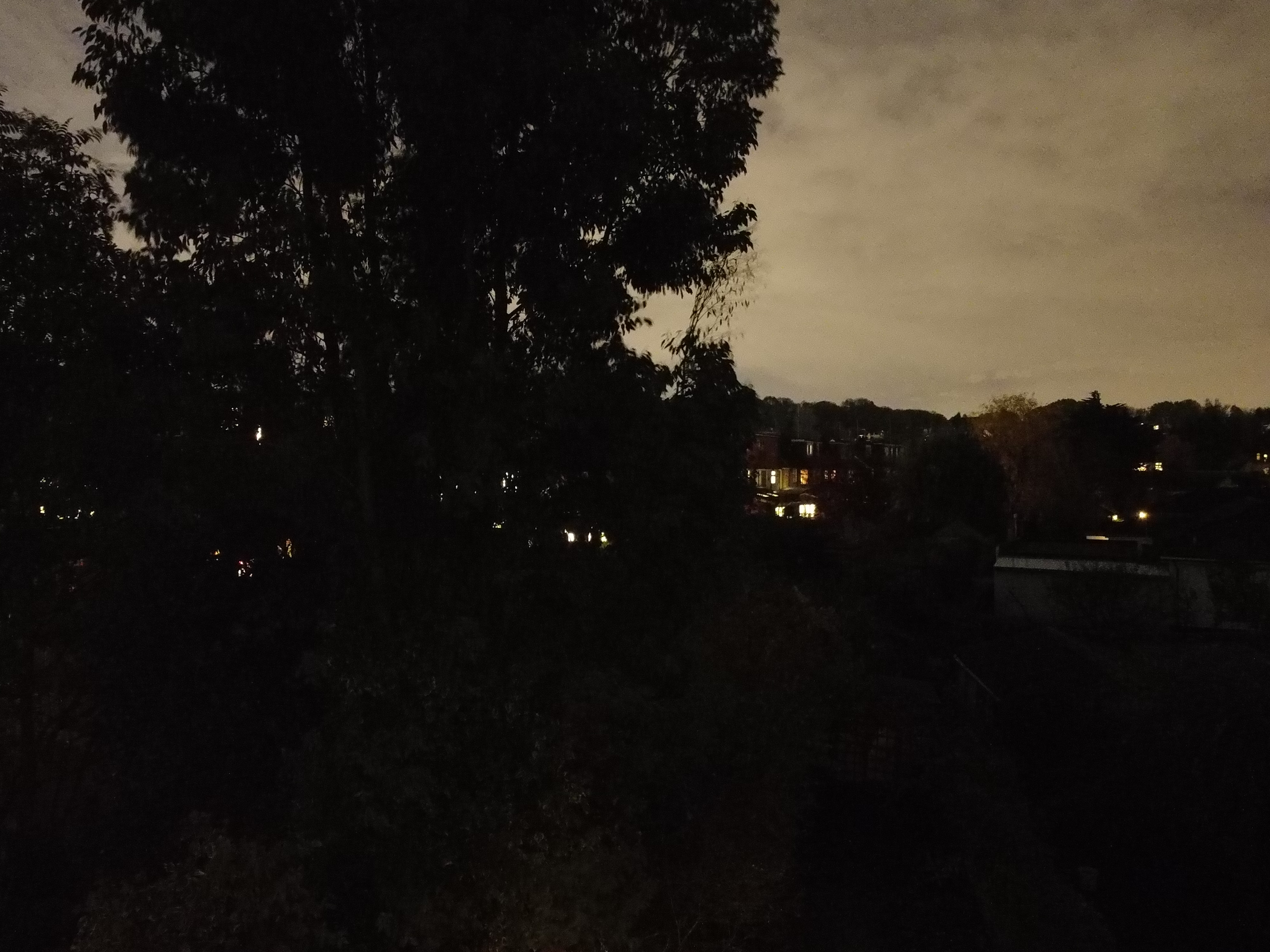
When the light is right, however, shots are detailed, colors are punchy and dynamic range is fair. We would have loved to have seen RAW capture within the app, and a few more granular controls over contrast and saturation too, but even without these, as an entry-point to 12MP aerial photography, the Mavic Mini is off to a flying start.
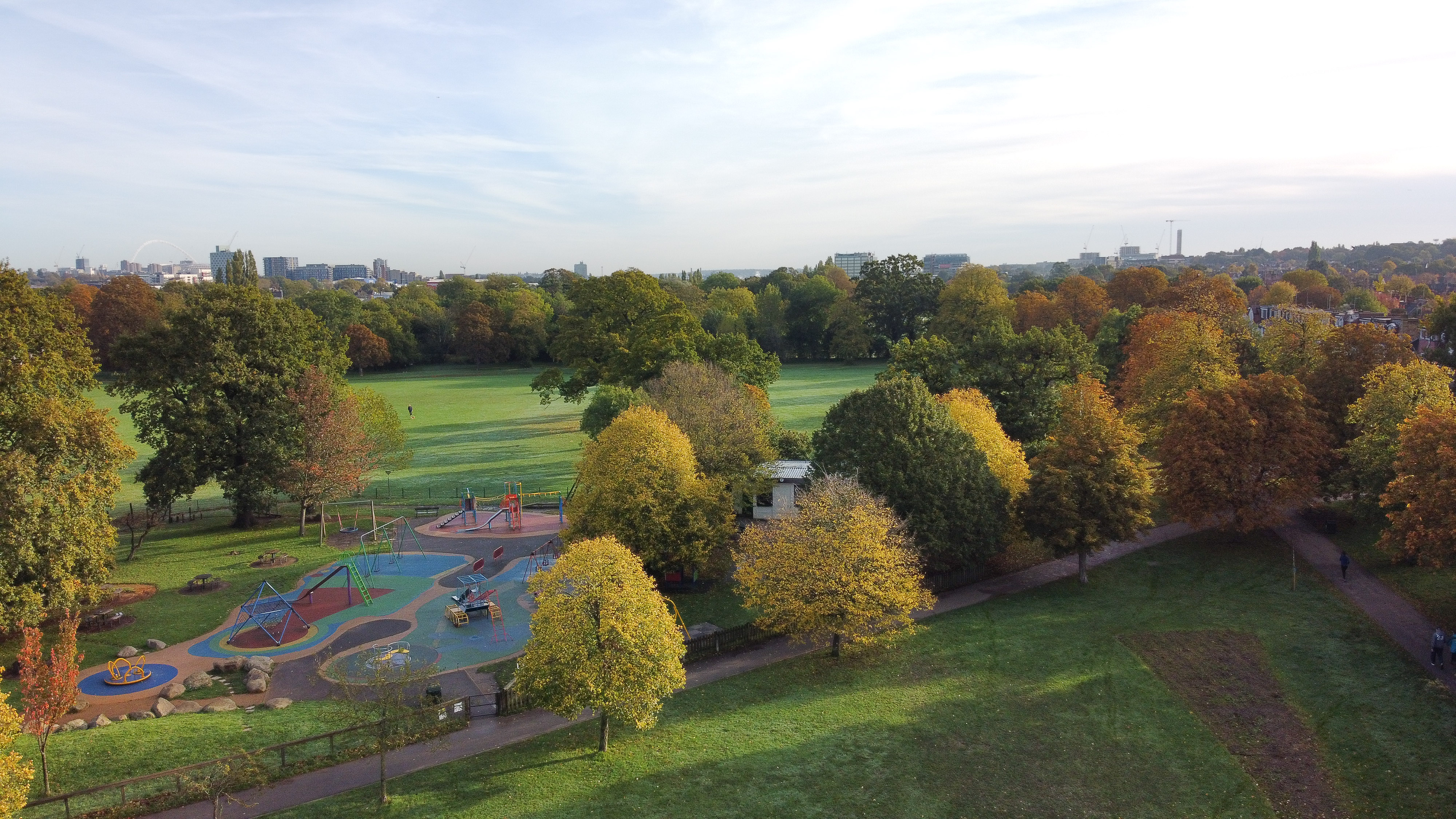
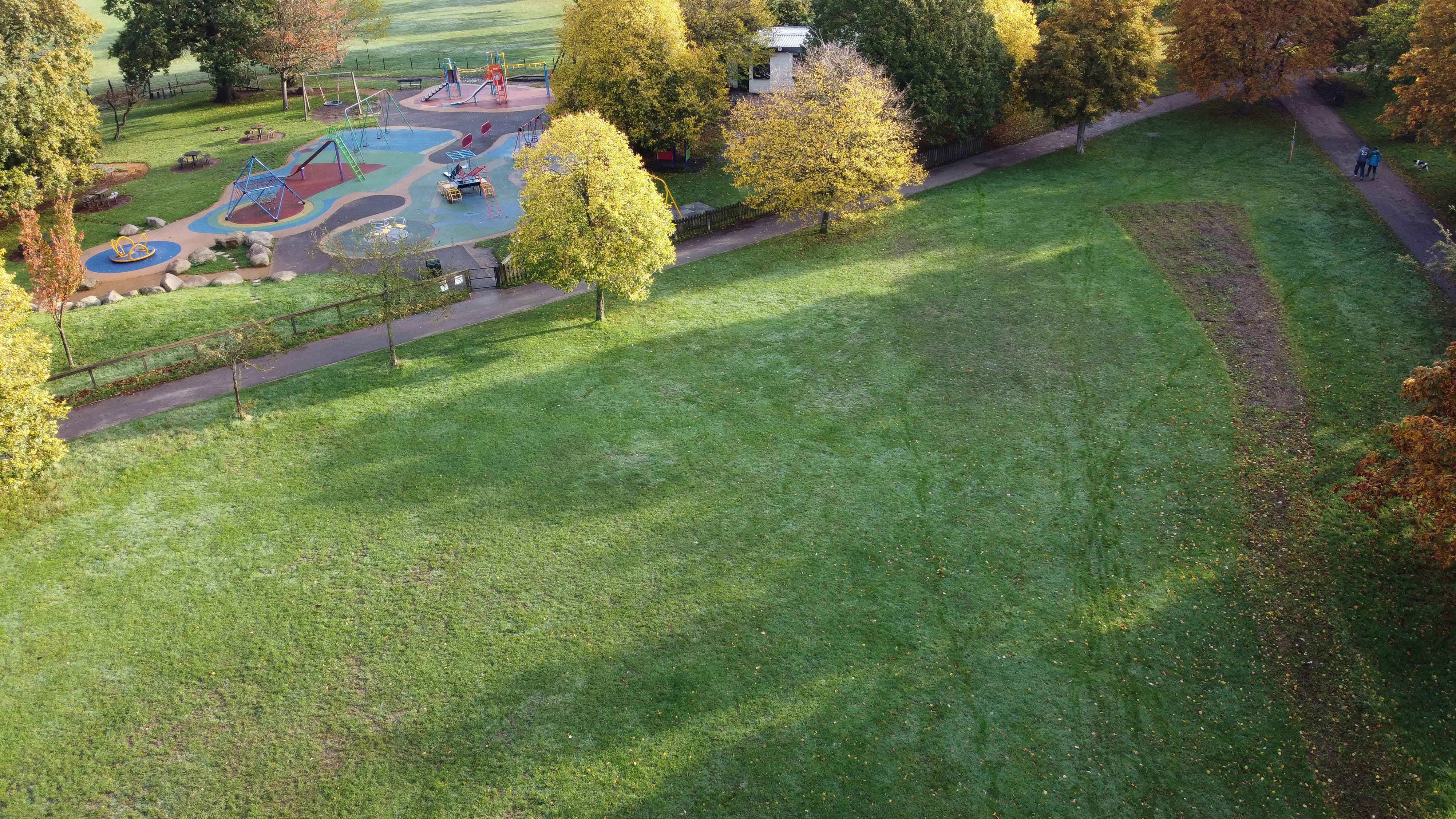
DJI Mavic Mini video capture
Footage shot on the Mini is captured at a maximum resolution of 2.7K at 30fps. If you want to slow things down and shoot at 60fps, you’ll have to drop the resolution to 1080p.
Within the DJI Fly app, three shooting modes are available: Position, CineSmooth, and Sports. Position is the default mode, CineSmooth slows down the drone and increases break time, while Sports mode tears through the sky, not to mention the battery too.
As with photos, colors are punchy in video captured by the Mini, and the footage looks graded, ready to be shared out in a heartbeat. In turn, if you don’t want to edit your footage too much, the Mavic Mini is a dream.
While DJI’s Osmo Action offers a cinema-style profile to flatten things out, however, there’s no control over the look of video captured on the Mini. That’s going to put off some filmmakers, as will the lack of 4K capture, and 2.7K 60fps slow-motion recording. Our footage could have done with a flatter color profile, reduced exposure or an ND filter on a couple of occasions. As for low light performance, it isn’t great - but that’s the case for virtually all drones under £1500.
In our time with the Mavic Mini, we ended up shooting in CineSmooth at 2.7K for the most part, and were amazed by just how good it was at keeping mid-air video capture so stable. In fact, this stabilization means you can use the Mini as a fantastic gimbal-stabilized steady cam when you’re stuck in a no-fly zone or are in a pinch; you can see example footage in the below video at 02:05.
Video footage shot with DJI Mavic Mini drone, showing its different features and modes
Another reason to stick to CineSmooth and more specifically, away from Sports mode, is that slight stabilization artifacts creep in when tearing through the sky at full pelt. Additionally, changing direction abruptly results in a marked judder - the only instance of the Mini’s gimbal unable to handle instability with anything less than elegance and grace.
DJI QuickShots modes, as introduced on the Mavic Air, have made a return. These are pre-defined flight paths that pan around or away from a subject for a timed, dynamic clip - you can see an example in the above video at 03:20 and they’re brilliant.
Unlike some drones, actually flying the Mini is a beautiful experience. It’s responsive, and if it disconnects with the controller, which happened a couple of times at around 60 meters distance in an area with multiple WiFi connections, it will return home. If you can find a clear spot without much ambient network activity, the Mini can fly as far as 2.5 miles away, and it handled gusty conditions fantastically; that’s incredibly impressive given this little drone’s size and weight.
Verdict
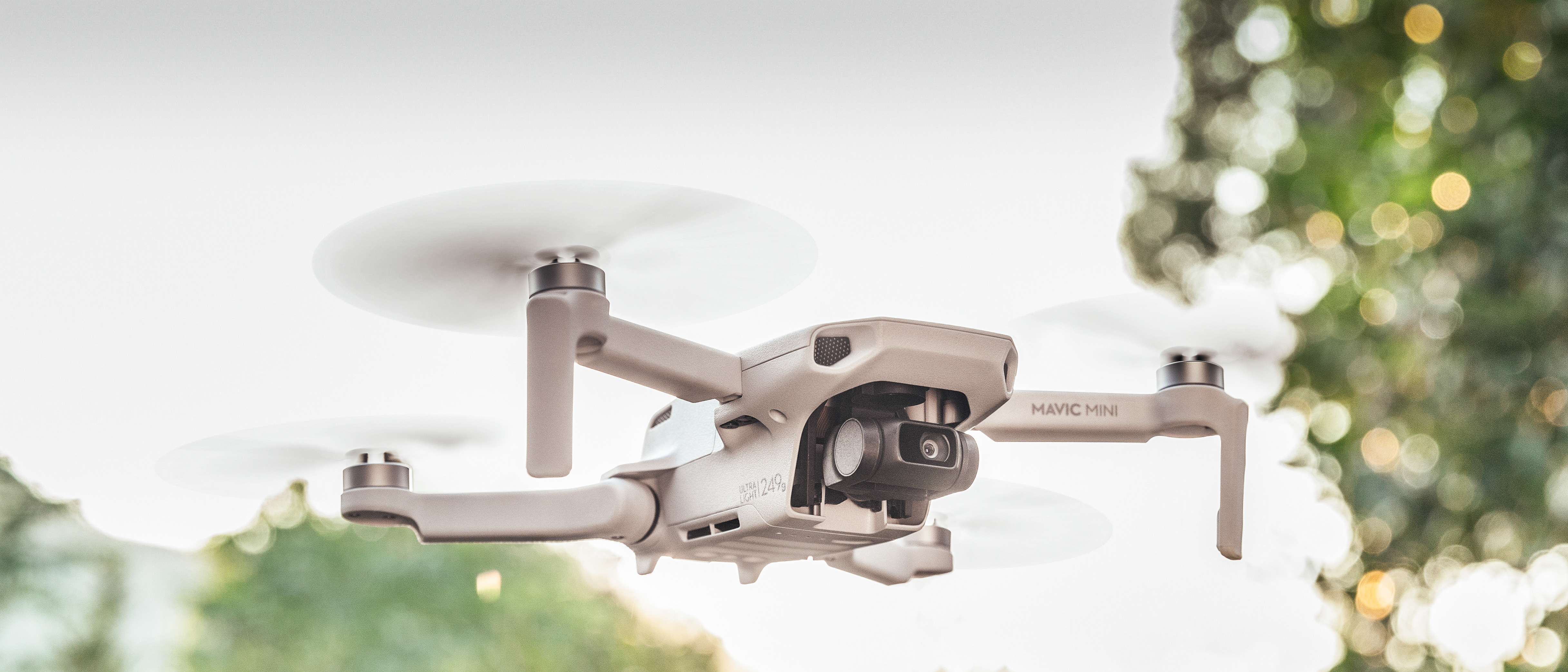
With drone rules in the US and UK having tightened up laws for quadcopters weighing more than 250g, the new 249g Mavic Mini is positioned perfectly in the run-up to Christmas and beyond.
Its smart, compact design and extensive feature-set all make it a one-of-a-kind balance of portability, convenience, and affordability. While we do have a wishlist after spending some time with it – 4K video and collision sensors, it’s still one of the easiest drones to recommend, and is yet another example of DJI raising the bar.
Read more
The 10 best camera drones in 2021
Best DJI drones in 2021
DJI QuickShot modes explained
Best drones for beginners in 2021
Best drone accessories: essentials for your DJI drone and other quadcopters
Basil Kronfli is a freelance technology journalist, consultant, and content creator. He trained in graphic design and started his career at Canon Europe before moving into journalism. Basil is also experienced in video production, independently running the YouTube channel TechEdit, and during his time at Future, he worked alongside the Digital Camera World team as a senior video producer.


